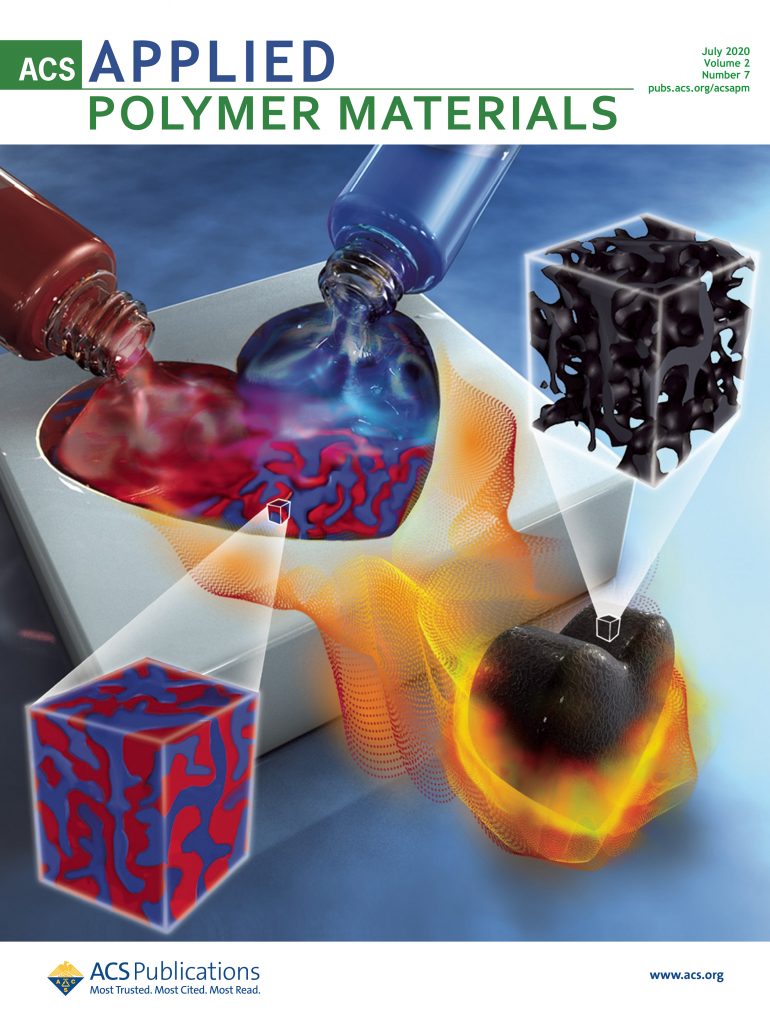消费中国的共产主义遗产:用户通过照片生成的红色旅游形象
IF 4.4
2区 化学
Q2 MATERIALS SCIENCE, MULTIDISCIPLINARY
引用次数: 0
摘要
目的 作为共产主义遗产旅游的一种独特形式,红色旅游的意识形态和政府主导形式值得对游客如何消费和感知红色旅游进行深入研究。本研究旨在通过目的地形象的视角揭示游客对红色旅游的感知。本研究收集了四类红色旅游目的地(RTDs)中由用户生成的 9819 张照片,并使用计算机视觉和符号学分析方法进行基于照片的认知和情感属性提取。网络分析进一步将认知图像和情感图像之间的相互关系可视化。研究结果确定了红色旅游认知形象的十个维度和情感形象的八个类别。研究发现,纪念碑、雕像、纪念符号是显著的认知特征,瞻仰是最主要的情感。据作者所知,该研究是首次从目的地形象的角度探讨游客的红色旅游消费,揭示了红色旅游的官方投射形象与游客感知形象之间的不一致性。研究利用普拉奇克模型,验证了一系列促成红色旅游情感形象的积极和消极情绪,拓展了现有红色旅游研究对情感的发现。通过计算机视觉和符号学分析、方差分析、网络分析和模型可视化的综合应用,该研究为基于照片的目的地形象研究提供了重要的三角测量方法。本文章由计算机程序翻译,如有差异,请以英文原文为准。
Consuming communist heritage in China: user-generated image of red tourism via photographs
Purpose
As a distinctive form of communist heritage tourism, the ideology and government-led form of red tourism warrants an in-depth examination of how tourists consume and perceive it. This study aims to reveal tourists’ perception of red tourism through the lens of destination image.
Design/methodology/approach
This study collected 9,819 user-generated photographs within four types of red tourism destinations (RTDs) and used a computer visual and semiotic analysis approach to conduct photograph-based cognitive and affective attributes extraction. Network analysis further visualized the co-relations between cognitive images and affective images. ANOVA analysis compared the differences of the four types of destination images.
Findings
Ten dimensions of cognitive image and eight categories of affective image of red tourism were identified. It found that monuments, statues, memorial symbols were the distinctive cognitive features, and admiration was the most dominant emotion. Heterogeneity of destination images was identified among the four types of RTDs.
Originality/value
To the best of the authors’ knowledge, the study is one of the first to explore tourists’ consumption of red tourism through the lens of destination image, which reveals the inconsistencies between the officially projected images and tourists’ perceived images of red tourism. Using Plutchik’s model, it validates a series of positive and negative emotions contributing to the affective images of red tourism, which expands the findings of emotions within the extant red tourism research. Through combined applications of computer visual and semiotic analysis, ANOVA, network analysis and model visualization, the study provides an important methodological triangulation for photograph-based destination image studies.
求助全文
通过发布文献求助,成功后即可免费获取论文全文。
去求助
来源期刊

ACS Applied Polymer Materials
Multiple-
CiteScore
7.20
自引率
6.00%
发文量
810
期刊介绍:
ACS Applied Polymer Materials is an interdisciplinary journal publishing original research covering all aspects of engineering, chemistry, physics, and biology relevant to applications of polymers.
The journal is devoted to reports of new and original experimental and theoretical research of an applied nature that integrates fundamental knowledge in the areas of materials, engineering, physics, bioscience, polymer science and chemistry into important polymer applications. The journal is specifically interested in work that addresses relationships among structure, processing, morphology, chemistry, properties, and function as well as work that provide insights into mechanisms critical to the performance of the polymer for applications.
 求助内容:
求助内容: 应助结果提醒方式:
应助结果提醒方式:


